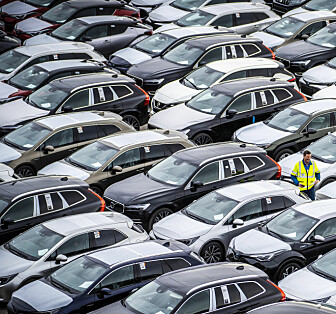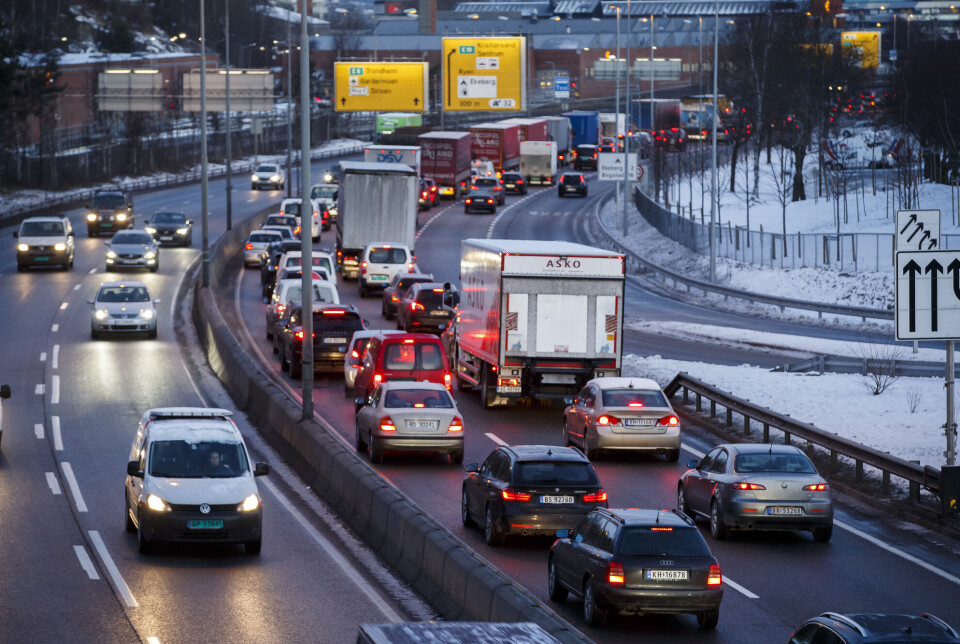
Closing a road can reduce traffic. And there’s a mathematical explanation for why
“It really is a paradox, because it seems completely contradictory,” says mathematics professor Helge Holden.
Manhattan, 1990: Earth Day shuts down busy 42nd Street, and people predict traffic chaos. But it doesn't happen. In contrast, traffic flows better than usual.
This is one of the most famous cases of a mathematical phenomenon in traffic, called Braess's paradox.
“It really is a paradox, because it seems completely contradictory. You don't think it can possibly be that way, but it is,” says Helge Holden to sciencenorway.no.
Holden is professor of mathematics at the Norwegian University of Science and Technology, NTNU.
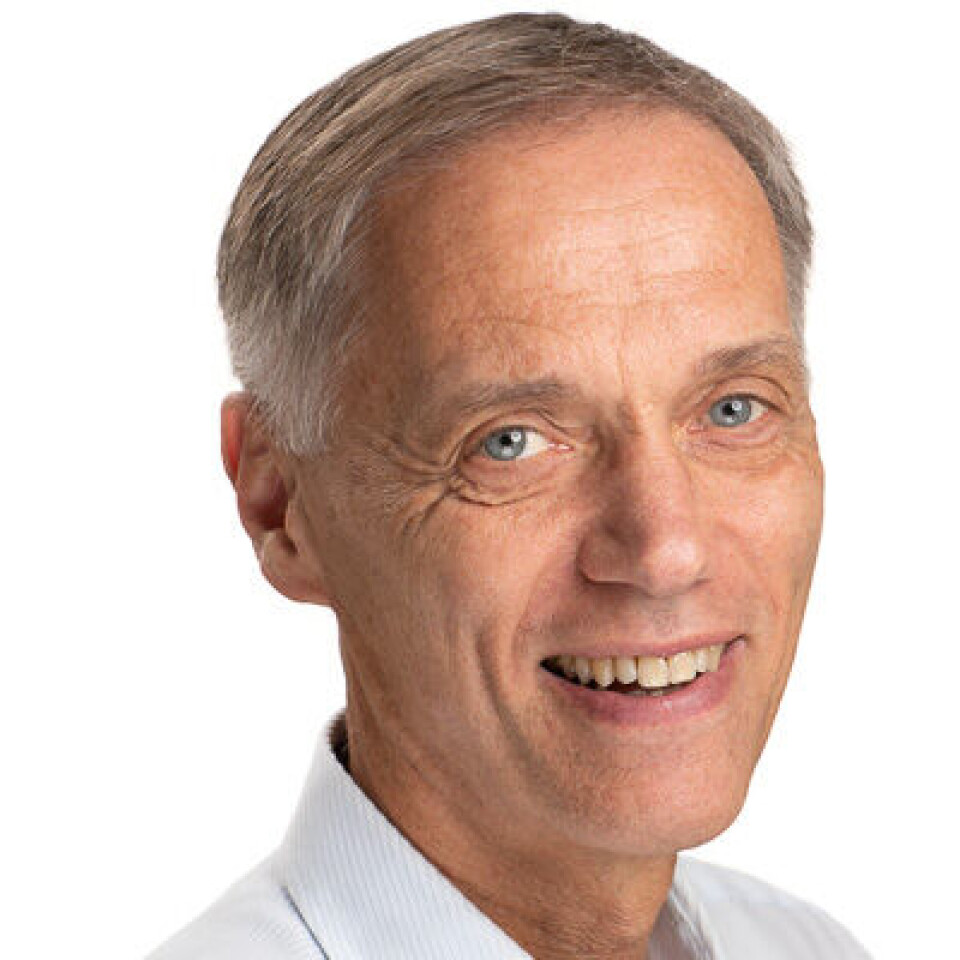
First, drivers distribute themselves evenly
The paradox also says that if you open a new road, it can make traffic worse.
The German mathematician Dietrich Braess, who discovered the phenomenon in 1968, described it using an example.
In this example, drivers can choose between two different routes. Both take the same amount of time. Drivers will therefore distribute themselves equally between the two routes from start to finish.
But then a new road opens that connects the two routes.
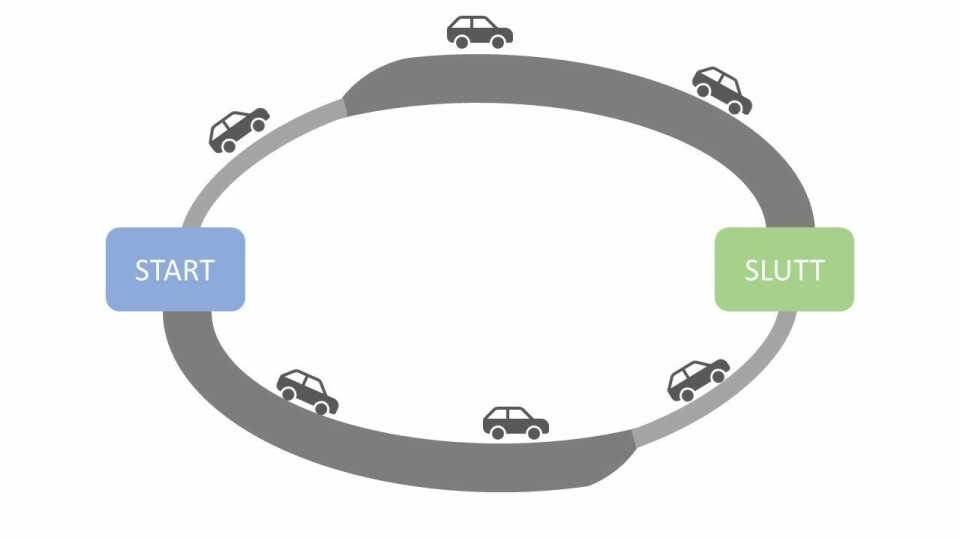
Just as surprised every time
The new road section means that there is no doubt as to which route takes the shortest time. As a result, everyone starts to choose this road.
That’s when the traffic jams begin.
“More and more people start to drive on the new road. But if you try to go back to the old itinerary, it has also become slow,” Holden said.
He himself has run the numbers on this example several times. He is equally surprised every time that it actually turns out to be true.

Simulates road networks on the computer
Holden believes it's easy to overlook this mathematical effect if you're not actively looking for it.
“What’s important when planning new road development is to carry out simulations and check whether this phenomenon occurs,” he said.
So sciencenorway.no contacted the Norwegian Institute of Transport Economics (TØI).
There, researchers work to simulate, or imitate, what happens if you build new roads.
Using large mathematical transport models, they can simulate real road networks on the computer.
The paradox rarely appears
“Those of us who work with transport models don’t relate to this Braess’s paradox that much,” says Stefan Flügel, a researcher at TØI.
After consulting colleagues, he concludes that the phenomenon has almost never appeared in Norway.
TØI’s simulations have rarely shown that traffic becomes worse when a new road is opened.
One exception occurred in the early 1990s.
Extra lanes on the E18 would have been wasted
At that time, TØI was asked to assess approaches to improve traffic in Norway's capital Oslo.
The idea was that they could then provide advice on which road projects should be prioritized and in what order.
TØI’s assistant director, Kjell Werner Johansen, wrote to sciencenorway.no about what happened next:
A new section with two new tunnels was perhaps going to be built at Granfossen. A possible solution then was to extend the E18 with an extra lane after the tunnels. But the simulations showed that an extra lane on this part of E18 would be a waste.
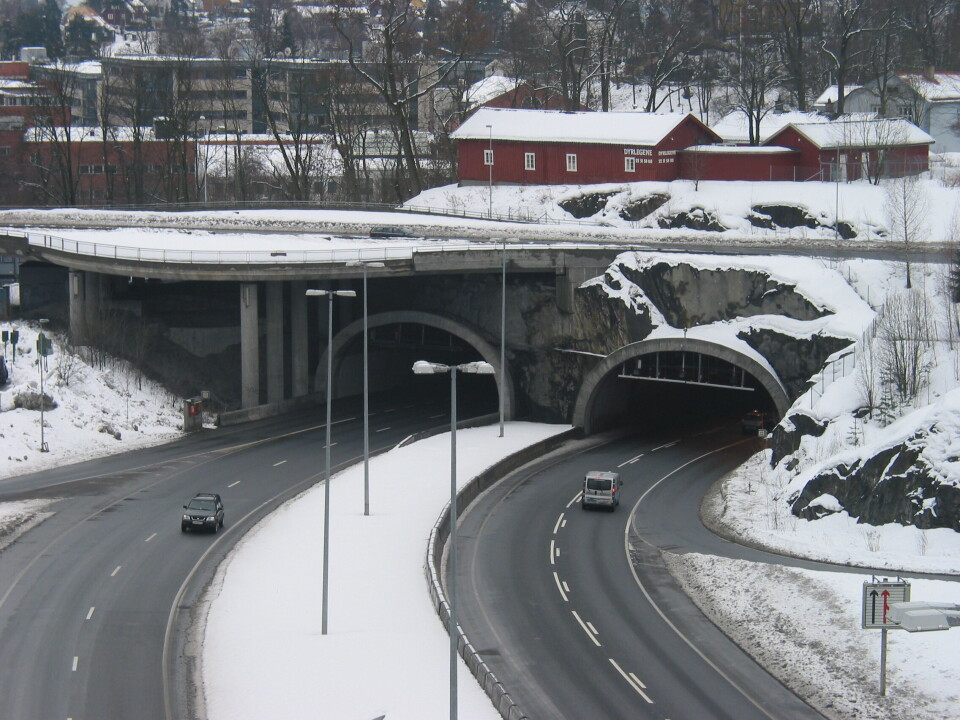
Drivers choose selfishly
TØI’s simulations showed that, in this case drivers would spend more time getting to their destination.
Instead of spreading out over many different roads, traffic would have piled up.
“The explanation for this is the combined effect of each road user only ‘seeing’ their own costs,” Johansen wrote.
Because drivers choose selfishly, they end up delaying other road users more than the time they save themselves.
“This is Braess's paradox,” Johansen wrote.
In reality, drivers can adapt
It’s important to keep in mind when planning new roads, that drivers are selfish and don’t necessarily think that their own behaviour has negative effects on others, Stefan Flügel at TØI said.
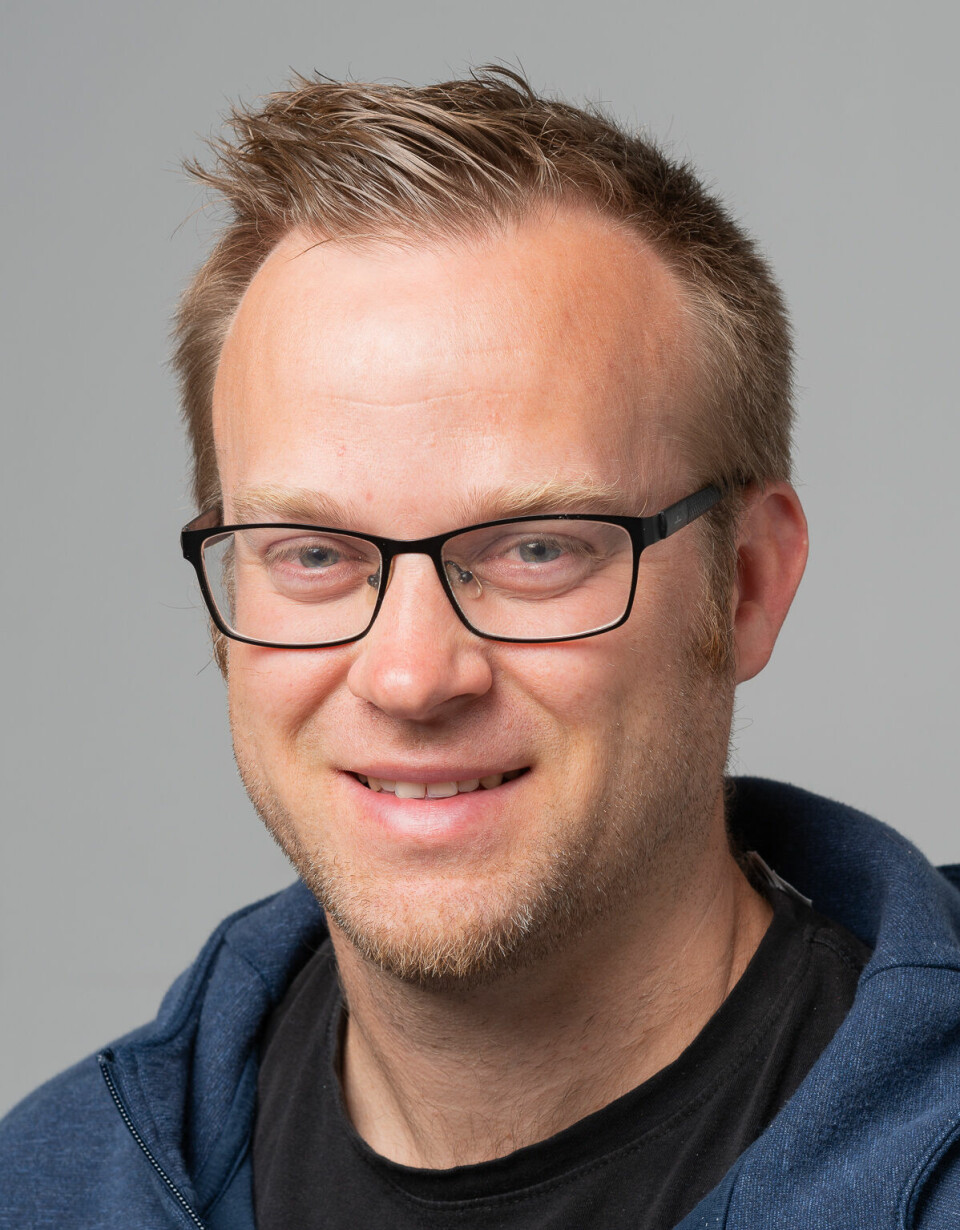
But reality is more complex than Braess's traffic example.
“Drivers can make many choices, such as getting up earlier or taking the bus,” says Flügel.
Agencies that build roads can also influence drivers to choose other routes, such as by increasing tolls.
It would have been fun to test
And it is not just Braess's paradox that can lead to more traffic when a new road opens. Sometimes there are simply more drivers on the roads when the road network improves.
At the same time, it’s possible that the TØI researchers could have found more examples of Braess's paradox if they actively looked for it.
“It is not something we have done, but it would have been fun to test it out,” says Flügel.
Closing a virtual road section, one by one
One way to look for the effect is to set up a large computer model of a real road network.
Then it's just a matter of closing individual road sections, one by one, to simulate what happens. If the researchers find a road that provides better traffic flow if it is closed, then the closed road can be turned into a cycle path, for example.
But this requires a lot of computing power and will be a painstaking project, especially when you want to try to close several road sections at the same time.
“The calculations quickly become complex,” says Flügel.
Translated by Nancy Bazilchuk
———
Read the Norwegian version of this article at forskning.no











